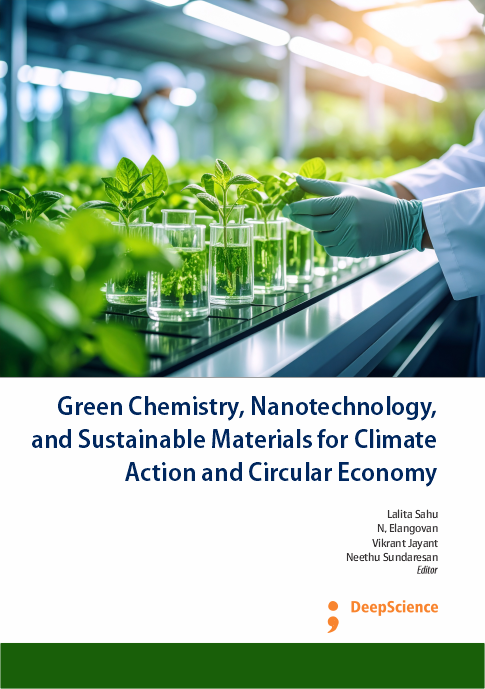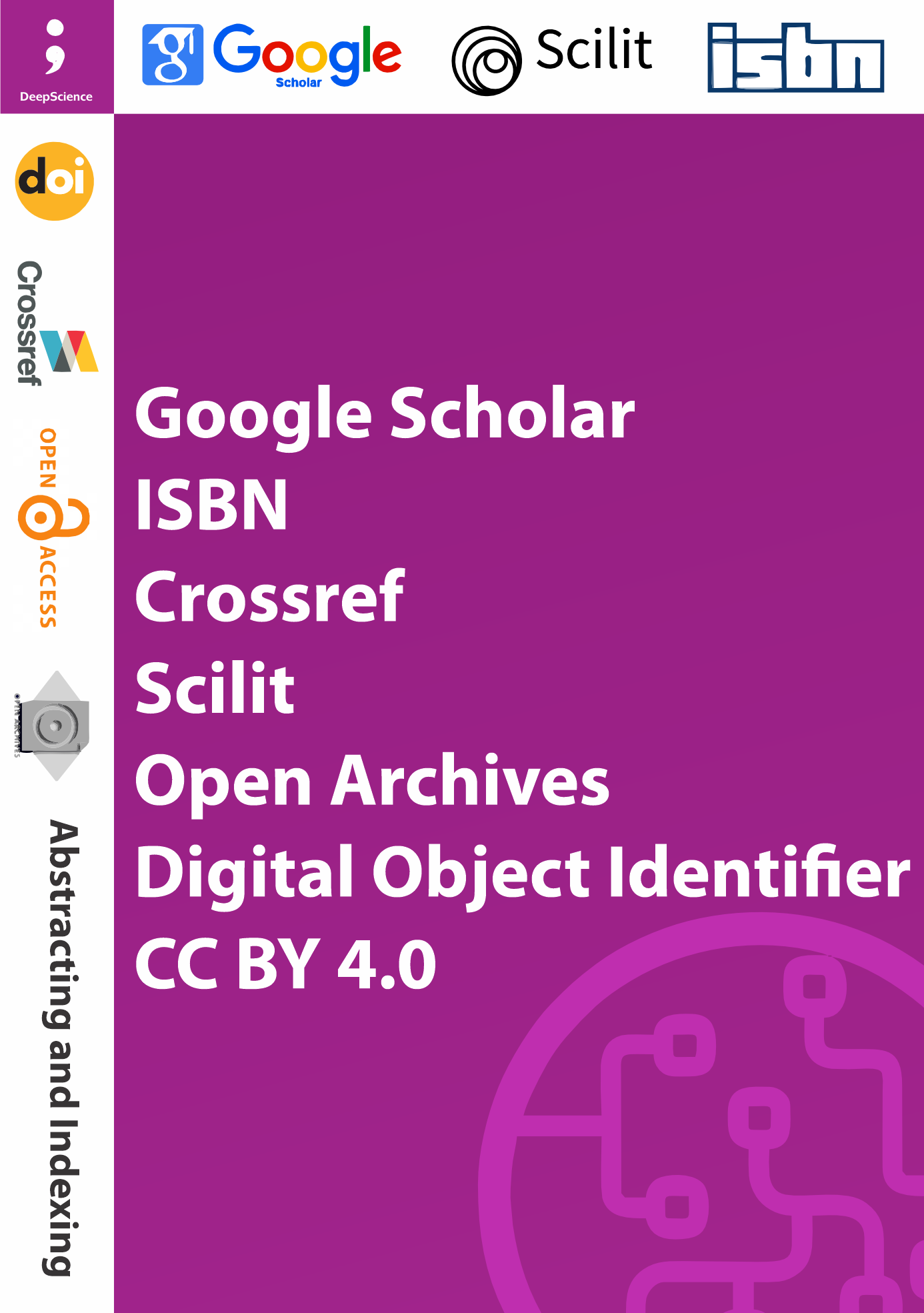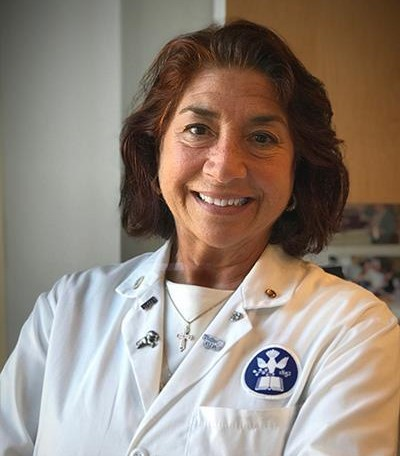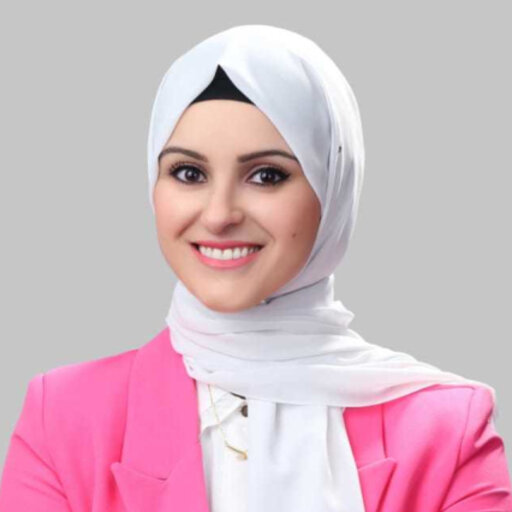Thermodynamic Modeling of Phase Equilibria in Multicomponent Systems
Synopsis
This study discusses the interaction between atmospheric chemistry, climate parameters, and thermodynamic modelling for phase equilibrium behaviour and its applications in separations. Key chemical species such as hydroxyl radicals, methane, ozone, and secondary organic aerosols have been considered based on their behavior towards temperature, solar radiation, and concentrations of water vapour. Advanced thermodynamic models such as Raoult’s Law, NRTL, UNIQUAC, Peng–Robinson, and SRK are presented for describing vapor–liquid and liquid–liquid equilibrium for a vast array of systems. Critical case studies demonstrate the prediction potential of the models in real applications such as prediction of the azeotrope of the ethanol–water system, solubility of CO₂ in amine solutions, separations of a hydrocarbon fraction, and recovery of aroma.














